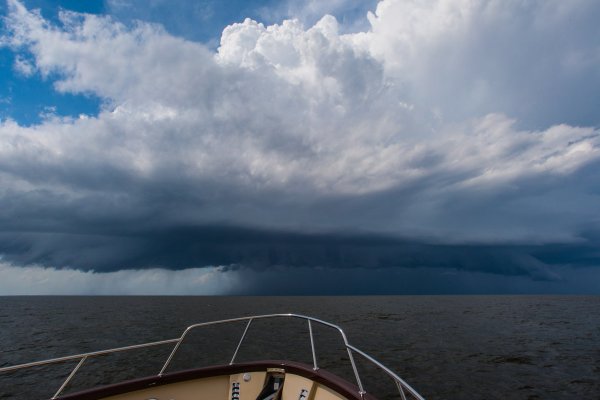We're Inside Passage cruisers. A major factor for us is wind direction vs that of tidal current. 15 knots and 3 footers is pretty easy for our 37, unless wind is opposed to the direction of the current.
If so, even if current is only a couple of knots, waves can be twice as tall and much steeper than you would otherwise expect. Even more so if we're with the current, but heading into the wind.
Once we turned from Ernest Sound into Clarence Strait, heading south into 15-knot wind, but with a 1.5-2 knot current behind us. Waves quickly built from 3-footers to 6-8, and nearly vertical ("square waves") as we saw them. Not fun in a 22 C-Dory.
So now we figure out where and when this is going to happen before we head around Cape Caution, or across the Dixon Entrance. It's a significant consideration for those, and also in long straight channels like Lynn Canal, Clarence Strait, Chatham Strait, etc.
Such unhelpful opposition can even occur pretty far (like 2-3 nm) out west in open water rounding Cape Caution, when spring tides ebb from Nakwakto Rapids through Slingsby Channel. 5-6 foot swells can become 10-12 foot sharper waves.
BTW, predictwind.com is excellent on the Inside Pasage, especially for a lengthy crossing like the Dixon. We used it last September heading south, and it was far more specific to location and more accurate than NOAA weather radio.




